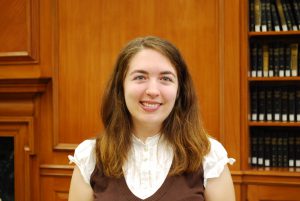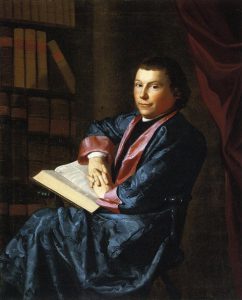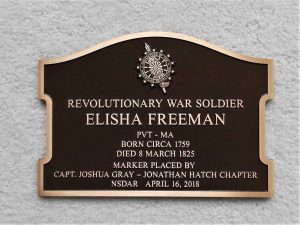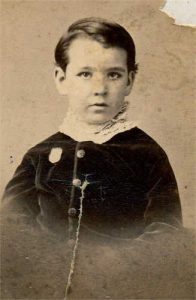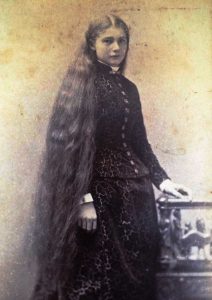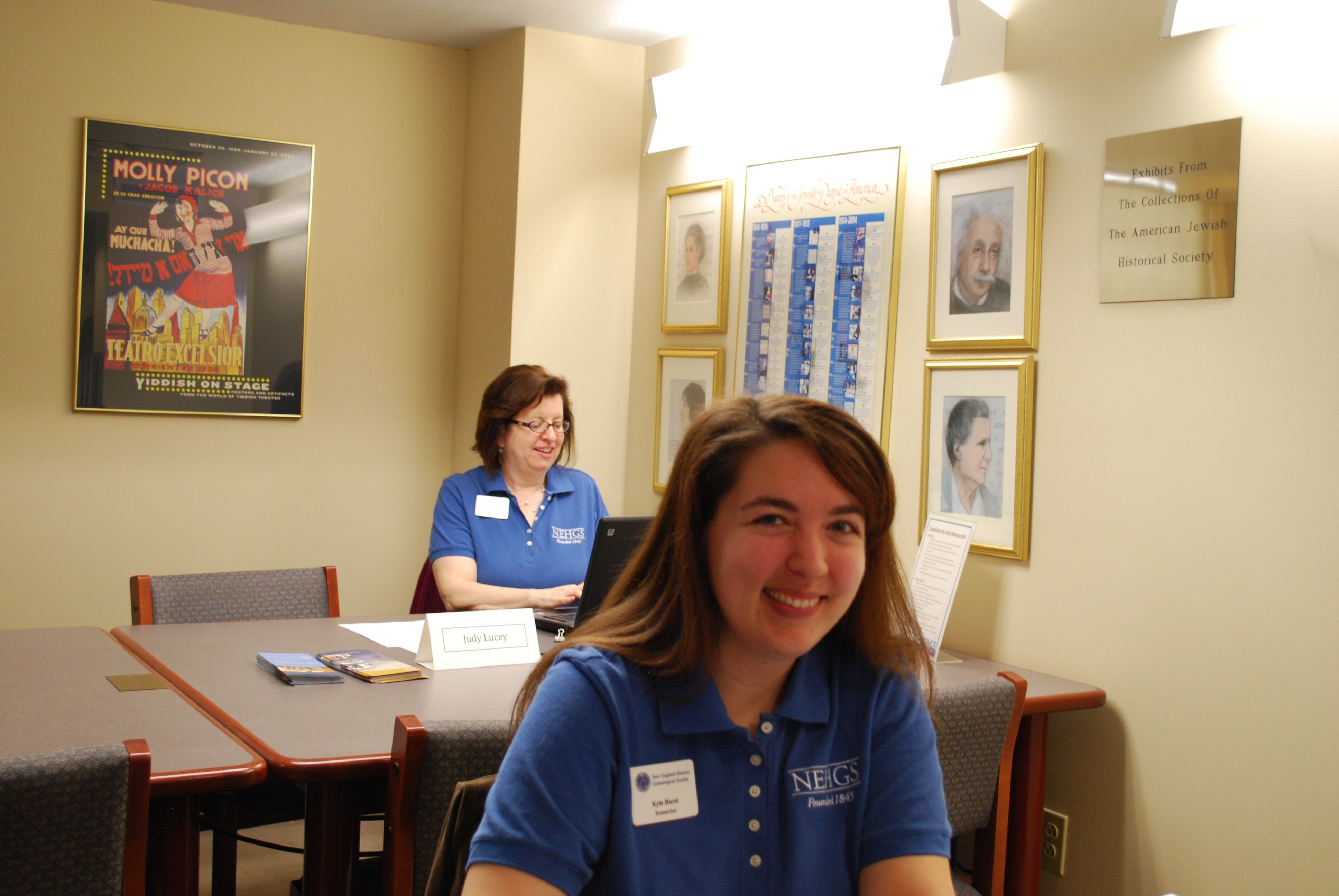
In addition to laying foundations for progress, over the past ten years NEHGS has greatly increased an already-impressive collection. Better still, we now find it much easier to access vast quantities of content.
When I first volunteered at NEHGS in 2006, its new leader, D. Brenton Simons, reached out to NEHGS members. “In my new role as president, I ask for your help in expanding our collections and increasing donor support in order to preserve our invaluable holdings. Together we can move our remarkable institution forward while still valuing our great traditions.”[1] Within the year, NEHGS launched Preserving New England’s Records: An Initiative for Family and Local History, and its goal has been to gather additional and varied materials for the R. Stanton Avery Special Collections.[2] We still have a vibrant collecting program, and you can learn more about donating here. Continue reading A decade of growth: content
